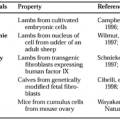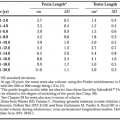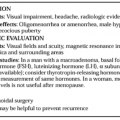PATHOGENESIS OF GRAVES DISEASE
Part of “CHAPTER 42 – HYPERTHYROIDISM“
Graves disease is associated with TSH receptor antibodies that stimulate the thyroid gland.1,2,3,4,5 and 6 In most patients, the population of TSH receptor antibodies is heterogeneous, with some antibodies that stimulate and others that inhibit TSH receptor-mediated action. Patients have been described with even more complex antibodies in their serum, as determined by binding or stimulating actions on the TSH receptors in thyroid membrane or guinea pig fat membrane preparations.7
There are four major hypotheses as to the etiology of Graves disease (Fig. 42-1):
 FIGURE 42-1. A through D, Theoretical explanations for the initiation or propagation of Graves disease (see text). T3 receptor complex refers to the T-cell antigen receptor, of which the CD3 molecule is a component. T3 and T4 refer to triiodothyronine and thyroxine derived from thyroidal secretion. (cAMP, cyclic adenosine monophosphate; TSH, thyroid-stimulating hormone.) (From Burman KD, Baker JR Jr. Immune mechanisms in Graves disease. Endocr Rev 1985; 6:183. Reproduced by permission of The Endocrine Society.)
Stay updated, free articles. Join our Telegram channel
Full access? Get Clinical Tree
 Get Clinical Tree app for offline access
Get Clinical Tree app for offline access

|



